In 2026, animated marketing videos for business are more essential than ever. This blog will show you why they outperform other formats for SaaS, B2B, and B2C—and how they can help you grab attention and drive conversions.
Be honest, nowadays people simply do not have time to read long pieces of information on what your business is doing. The year 2026 sees the shortest attention spans ever, and the viewers are inundated with countless advertisements, blogs, and posts on social media. When your message is not clear and interesting immediately, then it will be ignored.
Video leads the way there. Recent research indicates that more than 44% of consumers choose to learn about a product or service via video. Besides that, video content will constitute close to 82% of all traffic on the internet by the end of 2026. It is quick, graphic, and designed to how people take in information now.
The thing is, though, not every video is the same. Live-action is costly, and text-based material is stale. Instead, the ideal combination of clarity, creativity, and emotion is provided by animated business videos. They make complex concepts simple, can keep your brand in memory, and integrate well in SaaS, B2B, and B2C strategies.
That is why animation is rapidly turning into the most intelligent method of explaining services—regardless of how technical, abstract, and consumer-oriented they are.
What Makes Animated Business Videos Different From Other Formats?
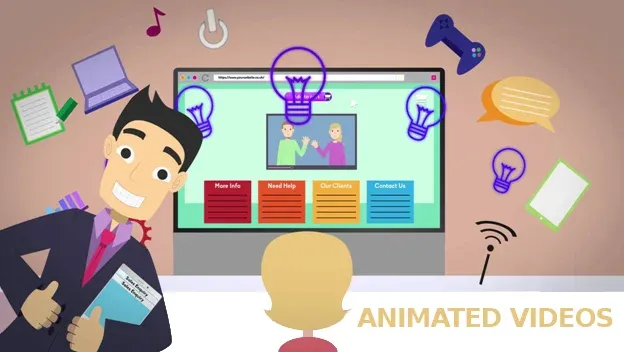
The majority of companies continue to use text-intensive explainers or live-action videos to narrate their story. The problem? But text is oppressive in the current scrolling world, and the production of live-action often consumes vast amounts of budget, not to mention the time spent filming, reshooting and editing.
Animated marketing videos for business address these problems directly. They reduce complicated data to simple images and make even the most complex SaaS option or B2B process seem simple. Rather than asking the audience to read between the lines, animation tells them, precisely, attractively, and in a way that is impossible to overlook.
Scalability is another benefit. You can easily reuse the same video on different platforms, in a few seconds, with animation, your website, social media, product demos, and even advertising without the high expenses of reshooting. Need your product described by a space or underwater character? It is brought to life through animation without restrictions.
Consider how organizations such as Headspace make meditation into a cartoon character or how Google Drive uses animation to make file sharing visibly simple. It’s not just fun-to-look-at visuals, but evidence that animation is quicker to communicate and more persistent than other media.
1. Animated Videos for SaaS Services: Simplifying the Complex
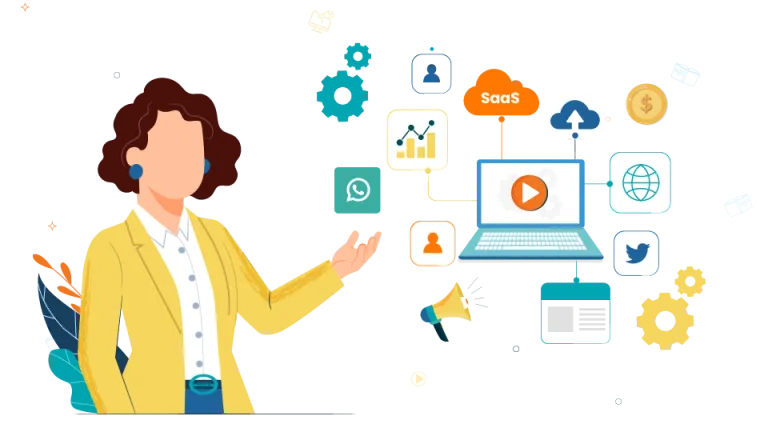
Animated videos bring SaaS out of complexity and technicality to simplicity and friendliness. They save time, enhance interaction and most of all enable the prospective customers to realize the actual value of your product, fast.
When you have ever tried to explain to a new client what a CRM dashboard means, you understand how people start losing their eyes. The SaaS products are robust and in most cases, they are overly technical to be understood by a first-time user. Animated videos for marketing fill that gap by simplifying all the complicated software information into easy-to-follow, entertaining graphics.
Breaking Down Complexity
Consider an example such as Asana or Monday.com. An animated video can demonstrate tasks flowing through boards in a few seconds instead of explaining how workflows work by using paragraphs of text. The idea sinks immediately with that brief visual that does not bombard the users with terminology.
Storytelling Meets Emotion
Think about an example of a security SaaS business explaining data protection. A live demonstration may appear boring, but it can be brought to life through animation, such as a character locking files in an online vault. This is an easy metaphor to follow and creates an emotional attachment, demonstrating to users that their data is secure.
Higher Conversion Rates
One of the most famous examples of using an animated explainer is the case of Dropbox which attracted millions of signups with the help of an animated explainer. The value presented in that 90-second video was more effective than text could ever be, and it demonstrated how animation keeps prospects interested long enough to take action. In the case of SaaS landing pages, that can be the difference between bouncing and clicking on Start Free Trial.
Real-World Benefits for SaaS
To get an idea of the work that SaaS companies are already doing to make their platforms more user-friendly and engaging, we will examine some of the practical applications of animation that are already implemented.
- Onboarding: Slack uses animated walkthroughs to help new users get started within minutes.
- Product Demos: Instead of lengthy tutorials, a cloud storage platform could show animated file uploading in real-time.
- Feature Explainers: When Zoom rolls out a new tool, animation can highlight the update in a quick, engaging way—no need for users to read through release notes.
2. Animated Videos for B2B Services: Building Trust & Authority
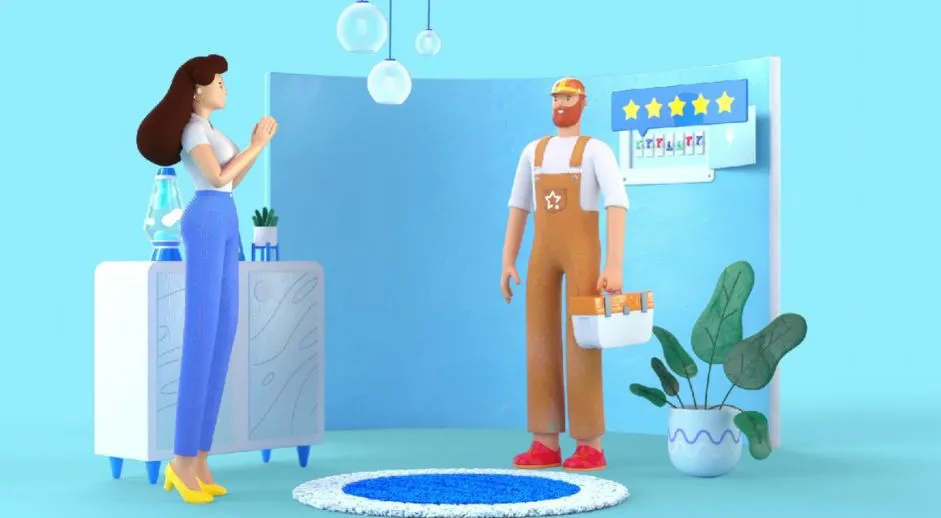
Anyone who has ever had to listen to a 30-slide PowerPoint presentation about supply chain software knows how tempting it is to tune out even the most experienced decision-makers. B2B customers do not simply desire information, but rather, they require it in a fast manner. Those same heavy workflows are transformed into easy-to-follow, visually attractive stories that create trust within the first second with animated videos.
Making the Complex Crystal Clear
Consider a cybersecurity company that is selling to enterprise customers. They do not send long whitepapers, but they can use an animated video that shows the way dangers are identified and eliminated as they happen. This visual simplicity assists the B2B buyer to grasp the process instantly, and technical solutions are easy to digest.
Case Studies That Stick
Imagine a logistics company that would like to emphasize how it reduced its client operational costs by 30%. Instead of releasing a text-heavy PDF, they produce an animated case study displaying trucks, routes, and savings as they are moving. Not only does this pay off, but it makes the story memorable and shareable within LinkedIn and industry events.
Workflows Made Engaging
Take the case of an HR software vendor that wants to show how to onboard employees. An animated workflow can show the flow of tasks between managers and employees step by step, with the focus on efficiency within less than one minute. In the case of B2B buyers, that quick, transparent demo minimizes confusion and helps them understand how the solution would work within their own operations.
Boosting ROI & Authority
HubSpot, Salesforce, and other market leaders have used animated explainers to establish themselves as thought leaders. Simplifying complex concepts makes them look authoritative and keeps the buyers interested enough to convert. In the case of B2B companies, this strategy does more than explain; it convinces, speeds up the decision process, and demonstrates value without overwhelming the buyer.
Real-World Benefits for B2B
This is how animated videos for marketing can directly assist B2B companies to gain trust, demonstrate value, and close deals more quickly.
- Stronger Sales Pitches: Animated explainers give sales teams a simple yet powerful way to present solutions, replacing confusing slide decks.
- Faster Decision-Making: By showing workflows visually, buyers understand the offering quickly and feel more confident in moving forward.
- Lasting Brand Authority: Consistent use of animation positions a B2B company as modern, credible, and easier to work with compared to text-heavy competitors.
3. Animated Videos for B2C Services: Driving Engagement & Sales
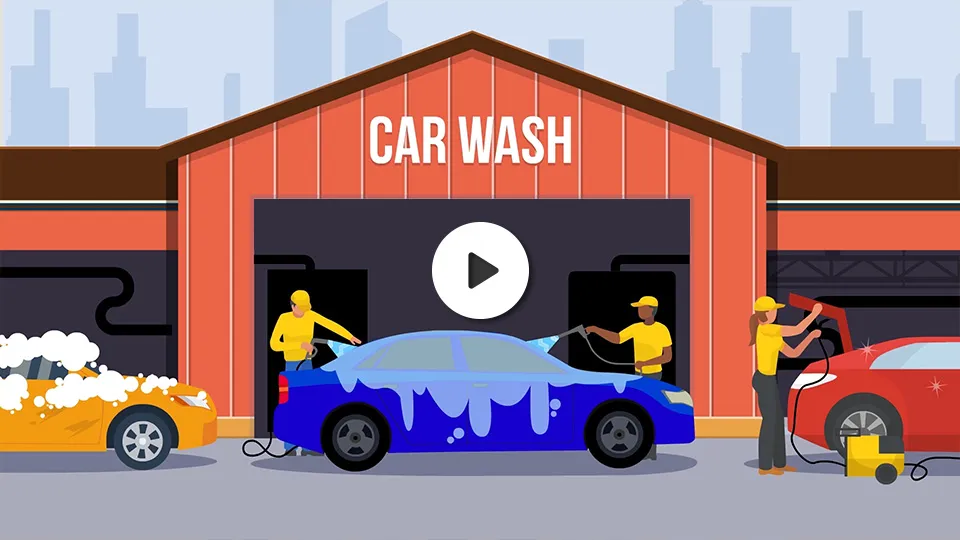
If you’ve ever scrolled past Duolingo’s Duo owl on TikTok or Instagram, you know how powerful animated content can be in B2C. Such little, comic skits are not only entertaining, they make learning a language a cultural experience that people enjoy sharing. That is precisely the reason why consumers are so responsive to animation, because it is fun, relatable, and easy to relate to. Instead of the boring ads or text-based campaigns, animated videos for marketing attract attention within a few seconds and get your brand into the discussion.
Emotional Stories That Stick
Take the example of a skincare brand launching a new line of products. They do not show dull product shots but tell an animated tale of a character with skin issues, who feels better using the product and shines with self-confidence. It is an emotional experience that resonates with consumers and makes the brand relatable and trustworthy.
Shareability That Drives Virality
Consider a coffee shop chain publishing a sequence of short and animated reels. They both depict a funny personality in the morning that turns a grouchy face to a happy one after taking a cup of coffee. The videos are ideal to share due to their fun and light-hearted nature, and they assist the brand to follow the trend on social media and remain visible in busy feeds.
Turning Products Into Social Moments
Imagine a sneaker line that publishes animated mini-stories, in which shoes are the characters and they race against one another. This is not only an explainer but something that people would like to repost on Instagram or talk about in a group chat. That is how animation can turn a boring product into something social, entertaining, and worth discussing.
Real-World Benefits for B2C
Here is how cartoon videos transform ordinary consumer interactions into experiences that enhance engagement, confidence, and purchase.
- Higher Social Media Reach: Short animated ads are easy to share, giving B2C brands more visibility across TikTok, Instagram, and YouTube.
- Stronger Emotional Pull: Animated storytelling creates fun, relatable connections that stick in the customer’s mind and influence buying decisions.
- Increased Sales Conversions: By simplifying product benefits in entertaining ways, animation helps shoppers feel confident and ready to purchase.
Why Animated Marketing Videos for Business Will Keep Winning in 2026 and Beyond
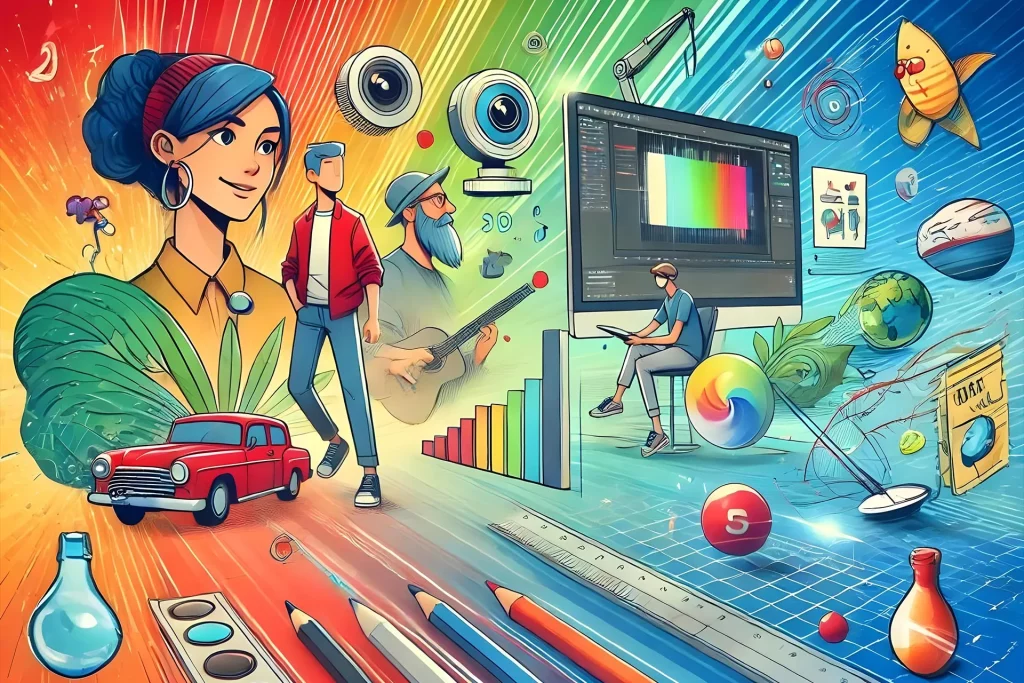
The following are the actual reasons why the animated video will remain the heart of marketing strategies- how brands will reach their audiences now and in the years to come.
1. Animation That Plays Well Across Platforms
Animated material is not only versatile–it is universal. The same explainer can be reused as a social snippet, embedded on a web page, or a header on an email, or even as an interactive kiosk – with only slight modifications.
Such flexibility makes animation an SEO rocket scientist. Search engines prefer animated content to text-based or stagnant content since they increase the duration of time on page and encourage users to interact.
Why it matters: Brands today are not interested in one-off campaigns; they need content that can be present everywhere, convert, and act on search, social, and other platforms.
2. The Innovation Advantage: Staying Ahead in a Saturated Market
This is a fact: U.S. consumers and other modern viewers are flooded with content daily. Brands require animation in order to be unique. It is new, aesthetically impressive, and cuts through the noise.
In the future, animated commercials will become interactive. Imagine 3D animation, virtual reality, or interactive scenes in which the user can navigate the environment rather than observe it.
In addition, animation is becoming more intimate. GenAI technology can be used to create automated, personalized videos that are based on user preferences, demographics, or even local weather conditions- so that each advertisement feels like it was written personally.
Why it matters: Even as platforms become competitive, animated visuals provide performance, emotional, and creative advantages to brands.
3. Sustainability, Cost-Efficiency, and Creative Control
Animation is still efficient and prospective. No location fees. No casting challenges. After animation assets have been created, they can be used over and over again, and they can be quite simple to revise, as opposed to live-action footage.
As GenAI creeps into production pipelines, even small or mid-sized brands can create high-quality, custom animated work more quickly and cheaply than ever before.
Why it matters: Brands are able to remain lean and agile. Animation allows you to change fast—without compromising quality or blowing up budget.
Final Words
In 2026, everything that you do not say visually is invisible. Animated video cuts through the noise, which makes SaaS easier to digest, B2B solutions more believable, and B2C products impossible to disregard. It provides focus, emotion, and impact in seconds, which no other medium can achieve. In order to remain relevant and actually reach modern people, collaborate with Swift Animation and allow us to create the best animated promotional videos that will turn attention into action and viewers into customers.


